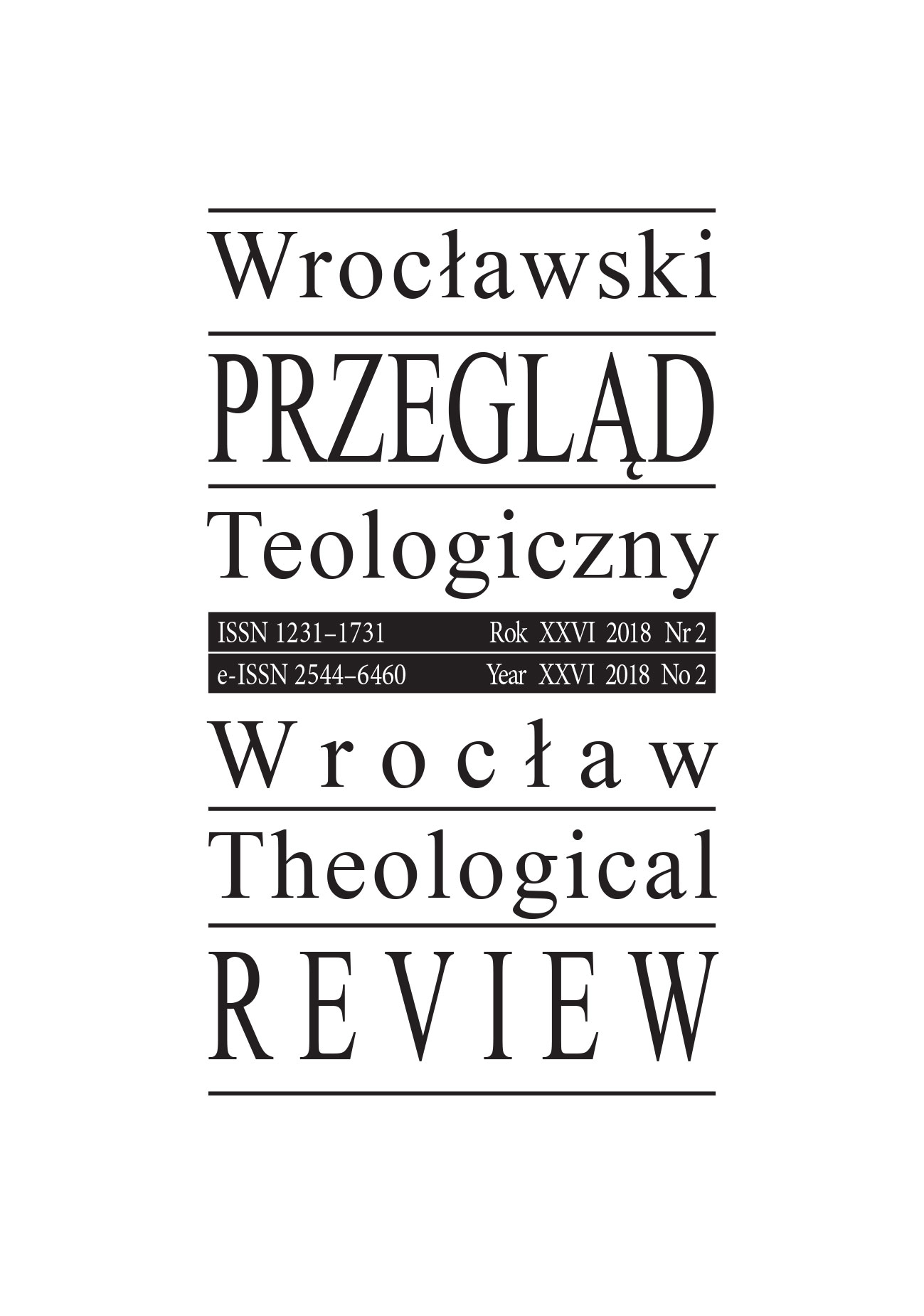
We kindly inform you that, as long as the subject affiliation of our 300.000+ articles is in progress, you might get unsufficient or no results on your third level or second level search. In this case, please broaden your search criteria.

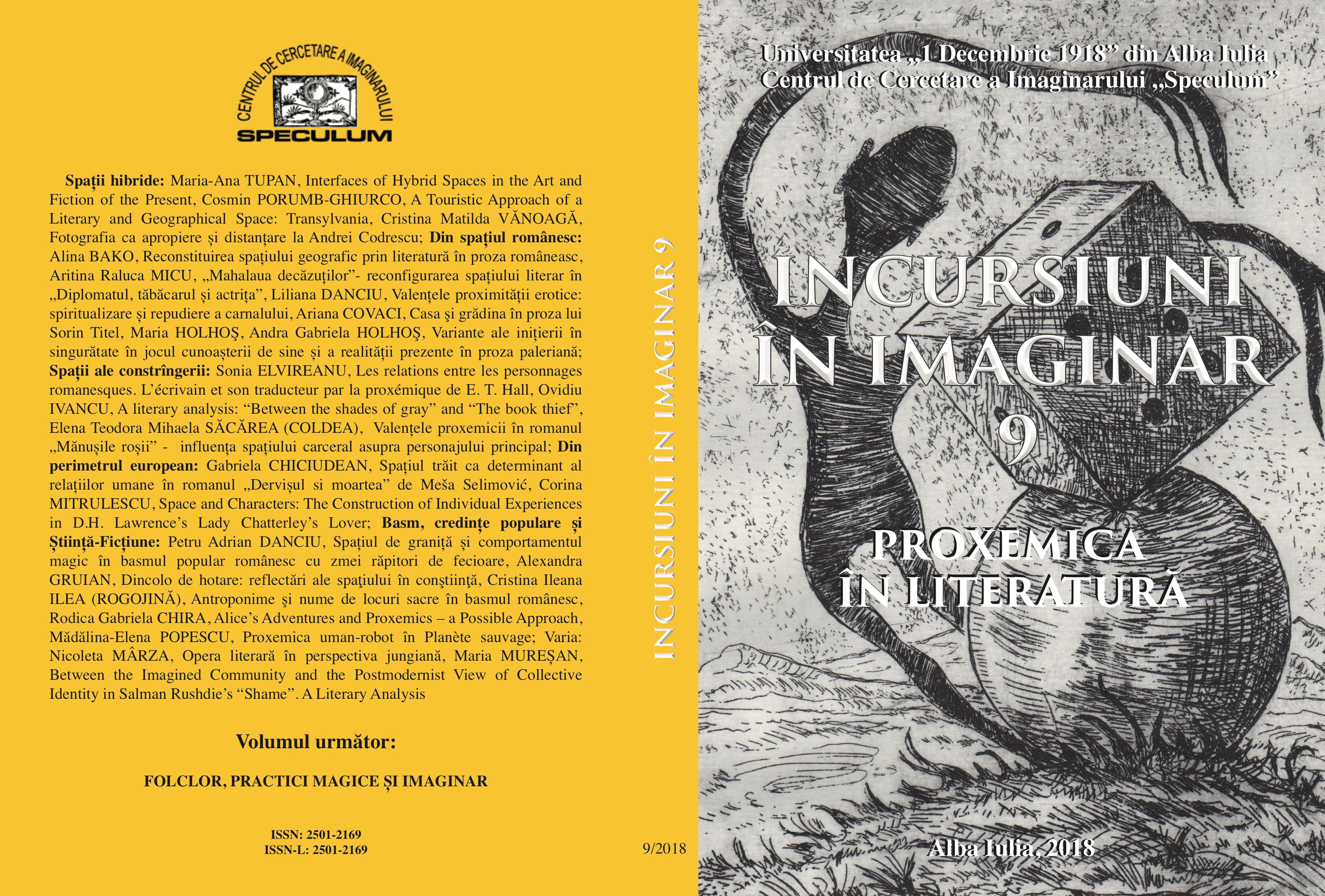
This study examines the comprising aspects of the proximity state situated at the boundary between the sacred and the profane in the folktale worlds, per se as many laws structured on either side of a line that defines the concept of otherness. The proximity of these worlds is in itself a tale with well-defined rules to be gradually revealed, from one folktale to another, but having in common the motif of the transcendence from the sacred to the profane or that of the transcendence from the profane to the sacred according to the folktale actants’ courses of action.
More...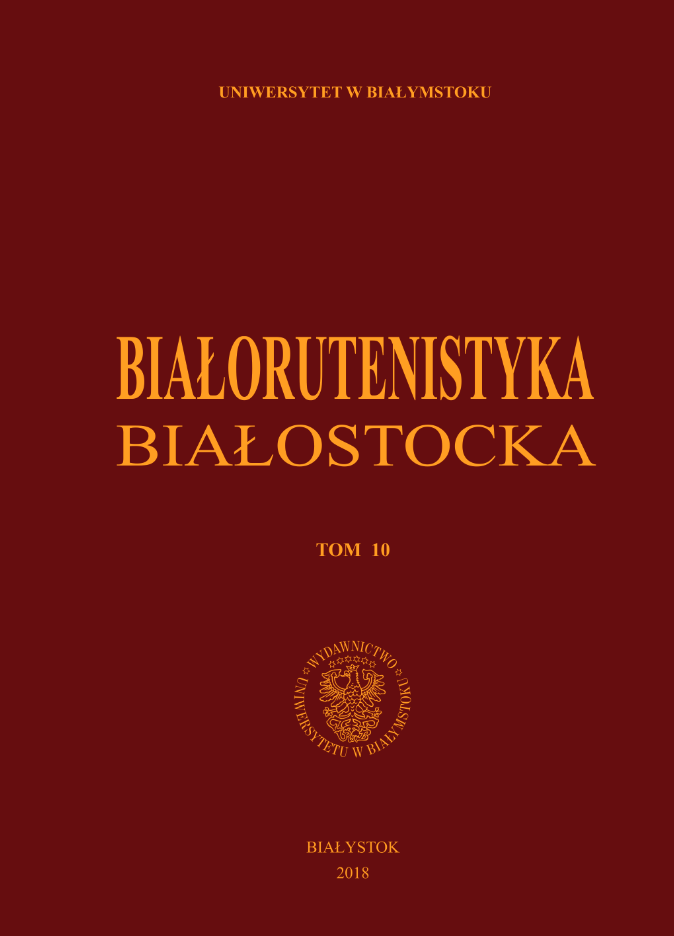
The article explores an artistic heritage of Nikolay Platonovich Kreydzich (1873–1938) – Belarusian priest and writer, born in the town of Myelnik. His name is practically unknown to a modern mass reader, but undoubtedly he and his literary works deserve special attention and study.
More...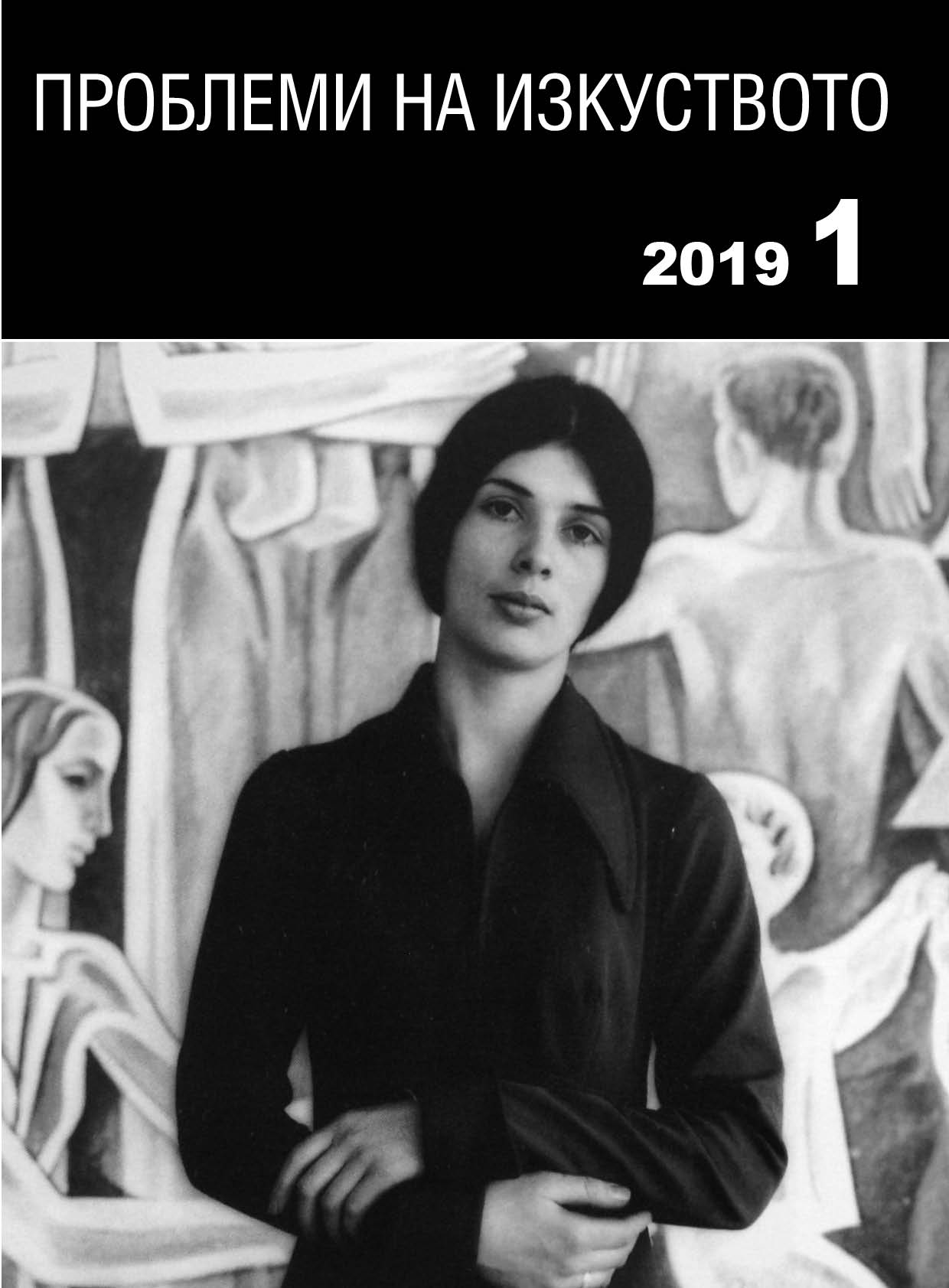
St Tryphon is not among the most popular saints in Bulgarian lands, but his representation abounds in variants. He is depicted with various attributes such as a cross and a palm branch, even with a spear like a martyr; with a pruning hook and occasionally, with a vine shoot with a bunch of grapes as the patron saint of viticulture; and seldom, with medical instruments for in the painter’s manuals (hermeneia) he is grouped with saints healers. Representations of the saint, especially from the eighteenth century onward are found in the entire country of what is now Bulgaria, and mostly, in the vine-growing regions. The article deals with the different functional characteristics of St Tryphon’s imagery. The main is the calendric one, as his icons ought to be placed for veneration at the churches celebrating his feast day (1 February). The calendric function was highlighted in the cases when his image was combined with other saints, celebrated about his day or with the Presentation of Christ in the Temple, which falls on 2 February. Some of the representations are a function of individual piety. Icons of the saint were commissioned and paid for by believers named Tryphon, who hoped to find salvation by donating the icon to the church. Such occurrences may be witnessed on icons kept at home, where the representations of St Tryphon were apparently due to family members with the same name, who offered individual prayers for protection to their saintly namesake. Some of the representations have both a prayerful and a representative function pertaining to the collective veneration of St Tryphon by members of certain guilds or persons who had certain occupations, whose patron saint he was. Very important was the ritual function of St Tryphon’s representations. Several icons where the saint is represented together with SS Julian and Eustatius, were intended for the ritual performed to protect fields, vineyards and gardens from insects and pests as prescribed in the prayer book. Аn icon from Plovdiv has a very rare function, as seen in its inscription: it depicts three saints with St Tryphon among them, whose relics were walled in the altar of the church during the consecration ceremony. Presumably, at such monasteries as those of Bachkovo and Rila, where relics of St Tryphon are kept, the numerous representations of the saint were related to the cult and veneration of his relics.
More...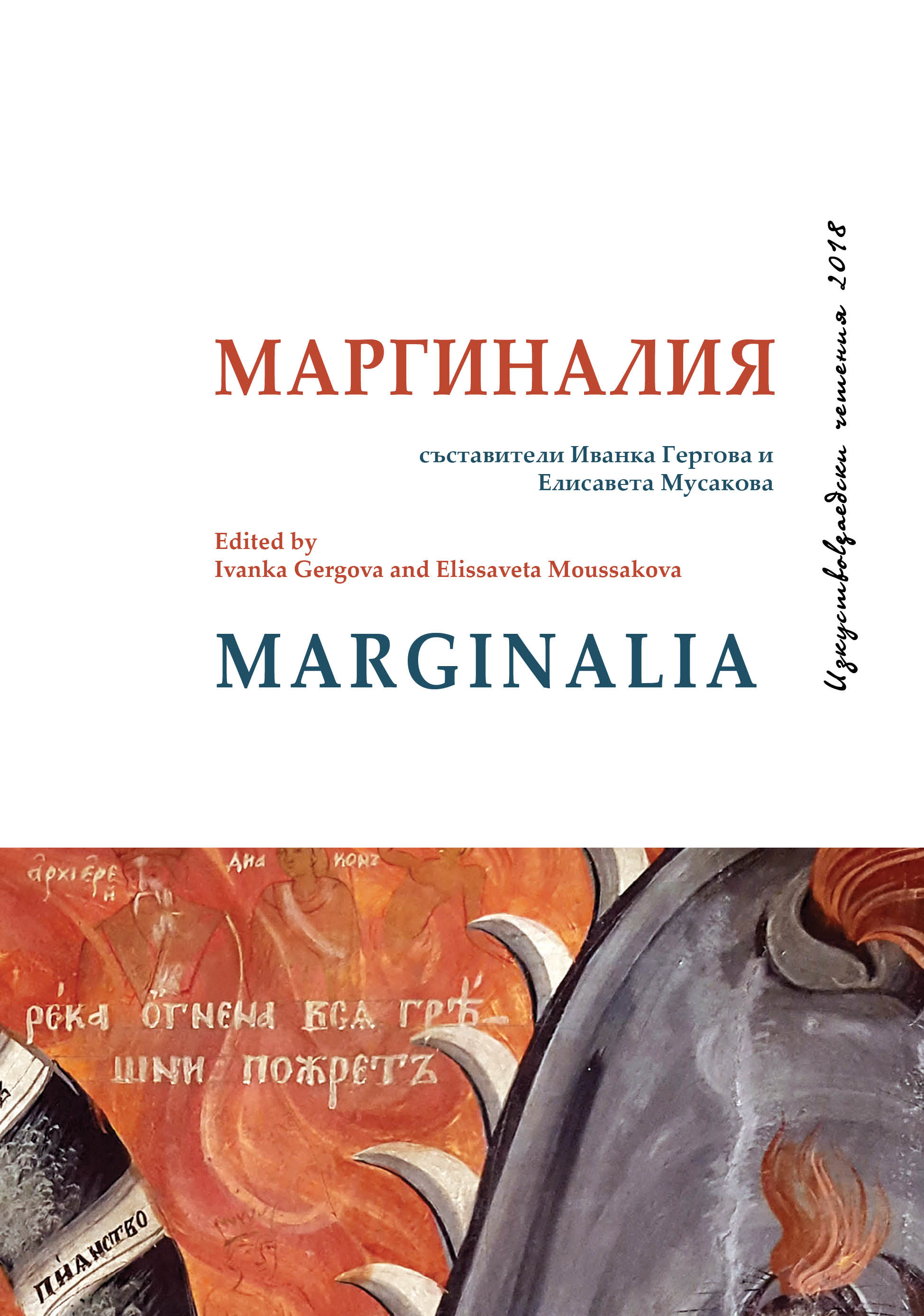
The present paper explores the remnants of the Transfiguration scene, the wall painting in the South Church at Shivta, a Byzantine settlement in the Negev Desert which ceased to exist sometime in the eighth or ninth century. The study reveals long-forgotten early Byzantine iconography, which survived in the remote provincial desert settlement but testifies to strong ties with post-iconoclastic iconography of the scene.
More...
Looking at the marginal drawings in some manuscripts from the region of Otranto, in Southern Italy, this paper presents their choice of subjects, both animal and human, and tells the story of their interconnectedness. Echoes between similar designs strengthen the hypothesis that these manuscripts belonged to or gravitated around the theological school at Aradeo, whether their contents were sacred or classical texts. These drawings reveal the pious inclinations of these medieval readers, together with their skills at sketching both portraits and fantastic beasts.
More...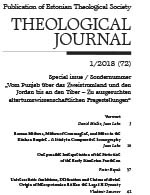
In order to understand Paul we have to comprehend the Jewish paradigm of hermeneutics. Paul seems to presuppose that his readers knew Scripture too and while building his exposition of the new creation on Biblical creation narratives he felt no need to explain it in detail. The tradition alone does not explain the ideas of Paul, but one is fortunate to find in his epistles autobiographical elements. He builds his case on his encounter with Christ that forced him to abandon his “former way of life in Judaism”. It appeared to have been a transformative encounter of pivotal significance. Paul recognised that it is only total fellowship in Christ, a shared destiny with him that matters and effects changes in human life. Paul expresses his personal commitment to Christ by stating that he now feels himself as having been crucified with Christ. On this basis the terms like transformation, metamorphosis, becoming another, becoming a new man, and new creation become far more understandable. The new creation applies to the community as well as to the individual. Participation in Christ is corporate and the renewed image of Christ in individual human beings means the appearance of a new humanity who lives by the Spirit and walks by the Spirit. Paul finalises his hermeneutical construction in Rom 8:29–30 with the hope for a change for the whole of creation. His eschatological point of view is not easy to explain. On one hand, on an individual and ecclesial basis, the outer nature of humans is wasting away. At the same time the inner nature – new creation – is being renewed day by day. On the other hand, resurrection of human beings is still ahead and creation is waiting to be set free from its bondage. New creation is at the same time an ongoing process and an event in the future. It is highly probable that Paul looked at the new creation through Christ as the lens. Christ is the agent of the new creation and thus the source of Paul’s views on the new creation.
More...
Tolerancija, prije svega, dolazi od latinskog glagola tolerare, što u prevodu znači podnositi, a podrazumjeva prihvatanje i uvažavanje tuđih stavova, ideja, mišljenja i načina života. Uvijek kroz istoriju i za vrijeme ratova postojale su određeni stepeni tolerancije.
More...
Vakufi su bili višenamjenske zadužbine koje su imale pobožnu i dobrotvornu svrhu. Obredni, socijalno-humanitarni, obrazovno-vaspitni, infrastrukturni i drugi sektori bili su najzastupljeniji sektori kada su u pitanju namjene i svrhe vakufa. Cilj ove studije je da uz pomoć deset Rumelijskih hurufat deftera u kojima se pominje Tašlidža utvrdimo broj vakufa u samom gradu i pljevaljskim selima, kao i broj i imena zaposlenih lica u džamijama, mesdžidima, mektebima i medresama, njihove funkcije, datume njihovih imenovanja na te funkcije i iznose dnevnih nadoknada u akčama koje su primali. Tako će biti jasnija slika o vakufima u Pljevaljskom sandžaku od sredine XVIII do sredine XIX vijeka.
More...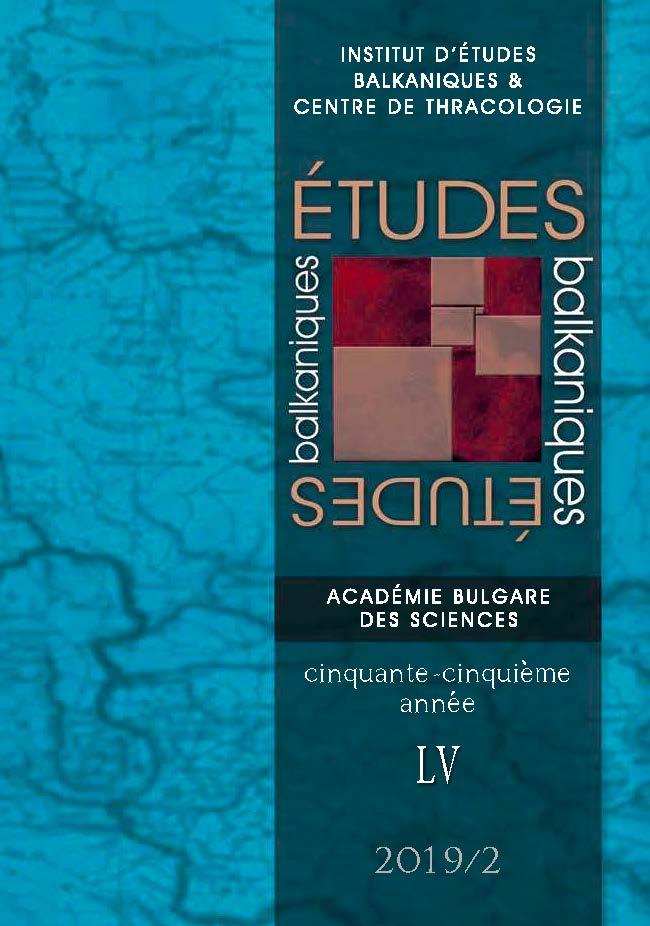
Several 17th century sources, mostly writings of Catholic missionaries, mention a tradition about a prince of Moldavia whose surname, the Dog-Skinner, evoked scenes of atrocious cruelty. The same notorious character had persecuted the Catholics in his country. His name was Stephen, which leaves us the choice between Stephen IV (1517 – 1527) and Stephen VI (1551 – 1552). The last one was best-known for enacting a ruthless persecution against the Armenians, in order to convert them to the Orthodox faith. The action against Catholics for the same reason was also stirred by the clash of interests with the neighbouring kingdom of Poland, a constant defender of Catholicism in that region. However, Stephen IV was a comparable figure by his autocratic dealing with his own vassals. He is described as a brutal and disloyal man in a letter written in 1523 by the Italian humanist Pietro Martire d’Anghiera, who was then living at the Spanish Court. The letter describes the tremendous bloodshed that determined a rebellion of the Moldavian nobility against that prince. This significant document, certainly inspired by the Poles, describes the evil practices with which the realm of Moldavia was oppressed during those years. The worst charges against Stephen VI repeat what had already been said against the homonymous predecessor. Therefore, the two were joined in the same tradition which has been preserved in the popular memory. Indirect evidence confirms that Armenians and Catholics were both regarded as heretics along the fist half of the 16th century at least at the time of open conflicts with the Ottoman Empire or Poland. Poland’s influence was always great in the West where it contributed to create a Black Legend of despotism, used versus the Romanians each time they tried to impose religious unity at home as a shelter to protect them of the attacks from their neighbours.
More...
After the battle of Pons Milvius (28 oct. 312), before the issuance of the so-called Edict of Milan, in the Eastern Part of the Empire Maximin Daia enacted a decree, through which he feigned to be favorable to the Christians. In that decree, he seemed to be peaceable and tolerant with them, “so that they didn’t support any kind of trouble and vexation, neither from the beneficiarioi, nor from anyone else”. In the Greek text, the Latinism benefikiarioi is a hapax, not only for the “Ecclesiastical History”, but also for the entire work of Eusebius of Caesarea. As well as benefikion, from which it arises, this word appears two or three times only, in canonical, juridical and literary texts, untill the 6th century and (so) it completely disappears from the Byzantine historical sources. The word reappears at the end of the Byzantine Empire, mentioned in a letter of Georgios of Trebizond, adressed to the inhabitants of Crete, a region where the influences of the Crusades and of the Western civilization were more visible.In the Western Europe, the beneficium had a brilliant future, as forerunner of the feoff, which has replaced it after the 10th century. But in Byzantium, its disappearance from the Greek sources after the 6th century caused, in our oppinion, serious doubts for the historians to accept the existence of a Byzantine feudalism. The Roman legacy of strong centralized statal structures can (partially) explain this assertion.
More...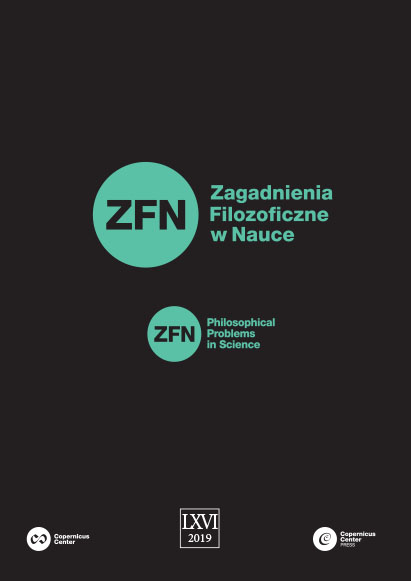
Book reviewi: Michał Heller, Ważniejsze niż Wszechświat, Copernicus Center Press, Kraków 2018, ss. 128.
More...
Book review: Dominique Lambert, Ryzykowne spotkanie teologii z nauką, przeł. P. Korycińska, Copernicus Center Press, Kraków 2018, ss. 268.
More...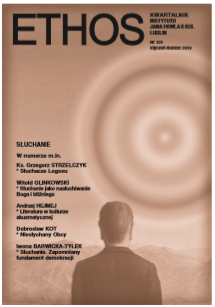
Since Plato, philosophy has been strengthening both its status and instrumentarium by reference to seeing rather than listening. Platonic ideas were seeable—not for the senses, but for the intellect—and thus their authenticity could be guaranteed on the basis of scientific knowledge (episteme) and not just as a common belief (doxa). This led, however, to the appropriation of the philosophical space, the subject (‘I’) becoming the superior instance and arbitrator of authenticity that laid the claim to express its opinions on the object (‘It’) and to verify any objective knowledge. In consequence, another subject would also have to become an object—one of many, even if doubtlessly specific. Such a subject was no longer capable of perceiving—within the realm of philosophical problems—anything which was neither a subject, i.e., mental substance (res cogitans), nor an object (res extensa). Therefore, anything that could not be classified into either of the two categories appropriating the philosophical reality had to disappear from the subject’s field of vision. However, philosophical thinking about man requires considering such categories as ‘human person’ or ‘neighbor.’ They cannot be ‘seen,’ even if we refer to intellectual abstraction, and yet ignoring them deprives the discourse on man of its credibility. The prerequisite to overcoming this inconvenience is to open oneself to ‘You’—not by seeing it, but hearing the call that ‘You’ sends towards ‘I.’
More...
The article comprises an attempt at tracing the ways in which Karol Wojtyła evoked the quality of silence in his poems. The main thesis of the author is that silence plays a fundamental role in the structure of poems by Wojtyła. The first part of the considerations embraces a general theoretical analysis of the categories of ‘silence’ and ‘not speaking,’ as well as examples of artistic solutions employed in this respect by Polish poets (Czesław Miłosz, Józef Czechowicz, and Anna Kamieńska) in the twentieth century. The second part of the considerations comprises a review of the ways the effect of silence is accomplished in poems by Wojtyła. The structural, semantic, imaginative and symbolic levels, on which silence is evoked in Wojtyła’s poems, are identified.
More...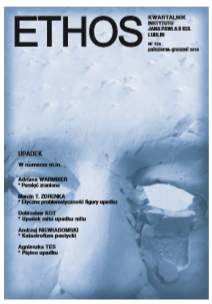
The theme of the article is the Biblical concept of the ‘Fall’ elaborated by the Deuteronomic writers and theologians of Israel in the period of the Babylonian exile of the Jewish people (597-538 BC). The presentation of the theme is referred to the source material found in the Book of Judges, in which a theological vision of the ‘Fall’ is the main motif. The Deuteronomic editor of the Book of Judges presents the problem in question in the context of the difficult period of the history of his people, presenting a multi-layered conception of the fall of the human being, which is reflected in the religious, moral, social, and political aspects of the history of the Jewish people, as well as in the lives of particular Israelites. The paper comprises a synthetic review of the Biblical concepts related to the problems of the ‘Fall’ and reflects on the fundamental principle of Judaism, namely, the doctrine of Divine retribution. Against such theological background, selected parts of the source material, most representative of the theme in question, have been discussed.
More...
A Bibliography of the Addresses by John Paul II, Benedict XVI, and Francis from 1979 to 2018
More...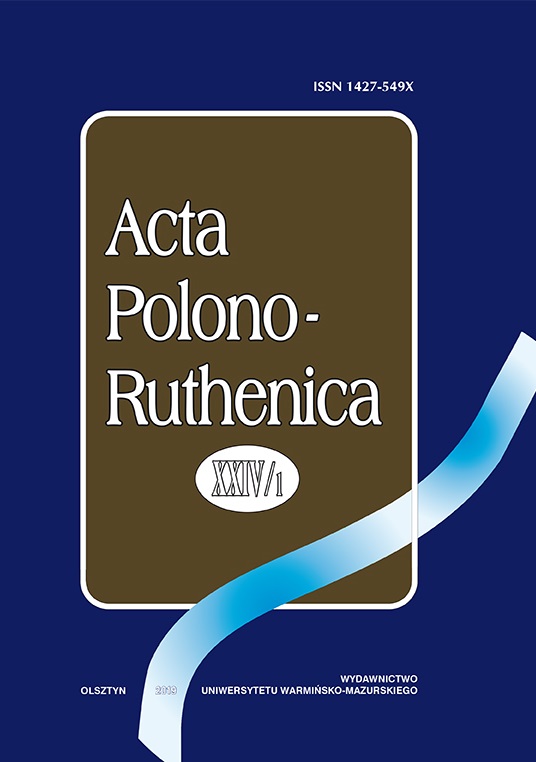
The paper discusses Karol Potkański’s study of Russia called Constantine and Methodius (1905) with reference to Tadeusz Nalepiński’s work The Spirit King of Russian. He’s coming!,Władysław Jabłonowski’s Around the Sphinx. Studies of life and world of the Russian people (1901),Two cultures. Historical and literary studies (1913), Stanisław Kutrzeba’s Sources and contrasts of Polish and Russian cultures (1916), Marian Zdziechowski’s Selected works,Bogumił Jasinowski’sEastern Christianity and Russia (1933) and others. It attempts to show the religious studies’ current in the Polish research in Russia which was open not as much to the Orthodox Church as to the Rus-sian sectarianism. The author follows ethnogenetic intuitions of Russia historians signalized after the Russian Revolution of 1905 in relation to their inquiries into widely-comprehended Russian spirituality and psychology. He records what was said about the radical dualism of Slavs and their Iranian origin. He shows it is historically justified to use religious studies’ method in Russian studies. He proves the efficiency of dualism as a model for analyzing Russian history. He indicates the key to history through the sectarian beliefs and ideas of Gnostic-Manichaean provenance.
More...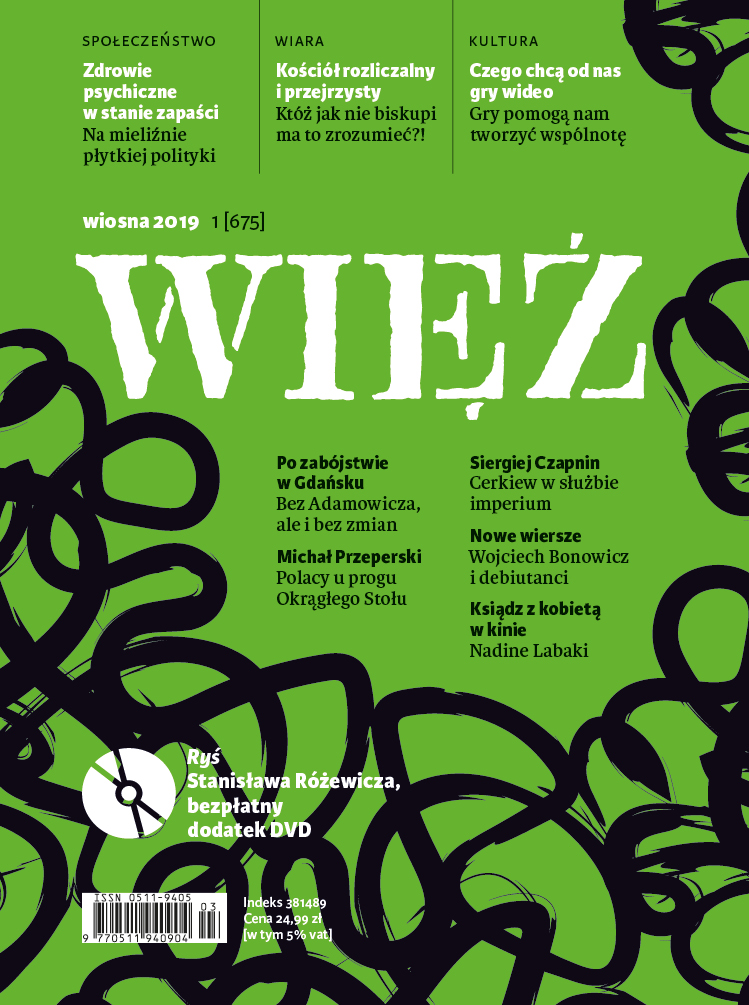
Tak w przeszłości, jak i współcześnie w islamie mamy często do czynienia z ideologizacją religii. Staje się ona wtedy narzędziem w rękach polityków i przywódców grup społecznych, narodowościowych czy etnicznych. Tak jest też w przypadku Boko Haram.
More...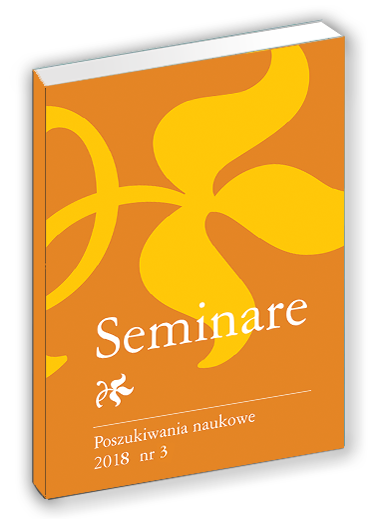
In the time of Poland’s partitions as well as in the interwar period, the national and religious symbolic significance of Gniezno was increasing. This symbolic role was built upon the cathedral and found its manifestation in commemorating important persons and events in plaques and monuments, in publications on history as well as in religious celebrations. During the partitions, the Prussians strove to limit the symbolic role of Gniezno. During World War II Germans closed the cathedral for Polish people only to exclude it later from any religious service. The act of destruction was almost completed by the Red Army which bombarded the church two days after the “liberation”.
More...